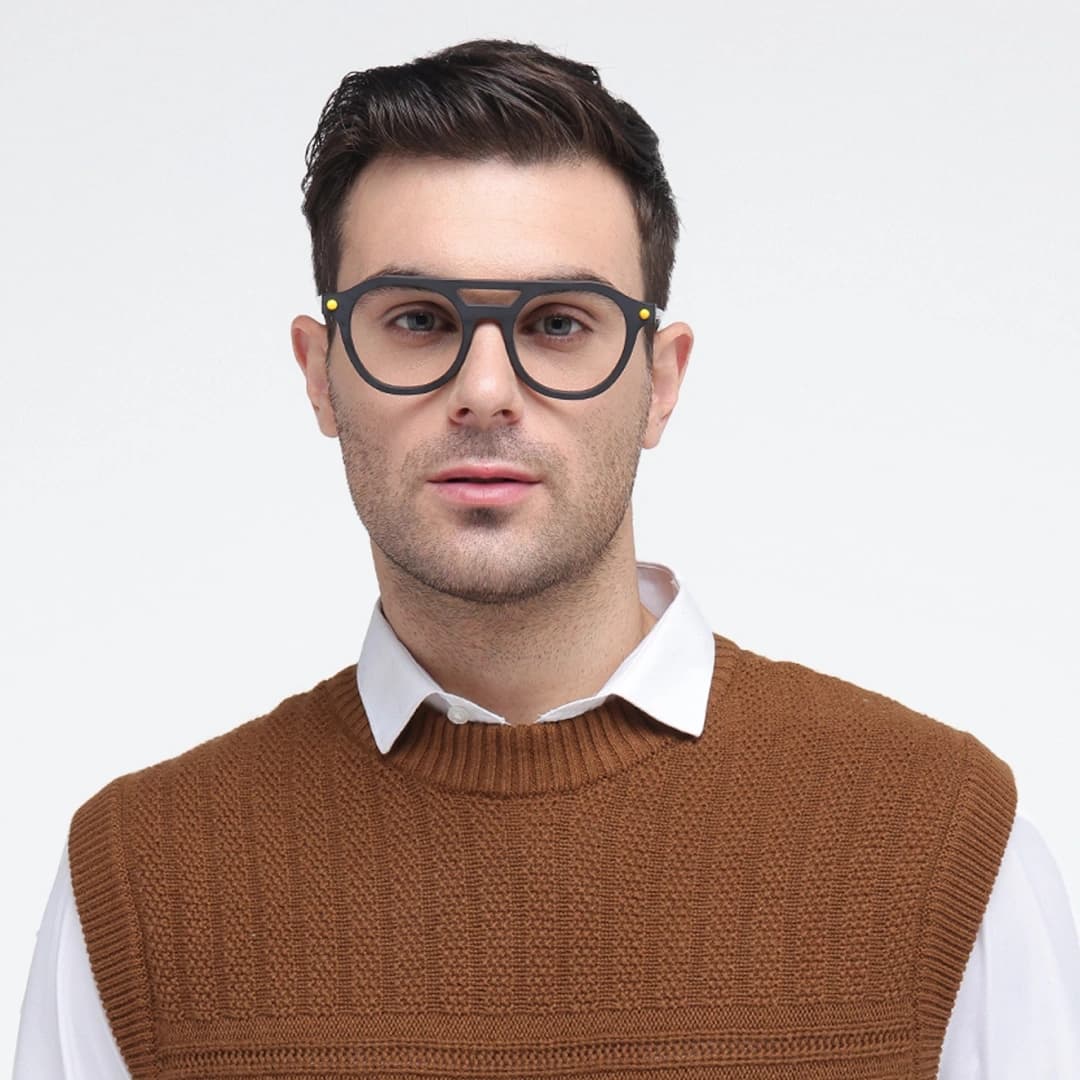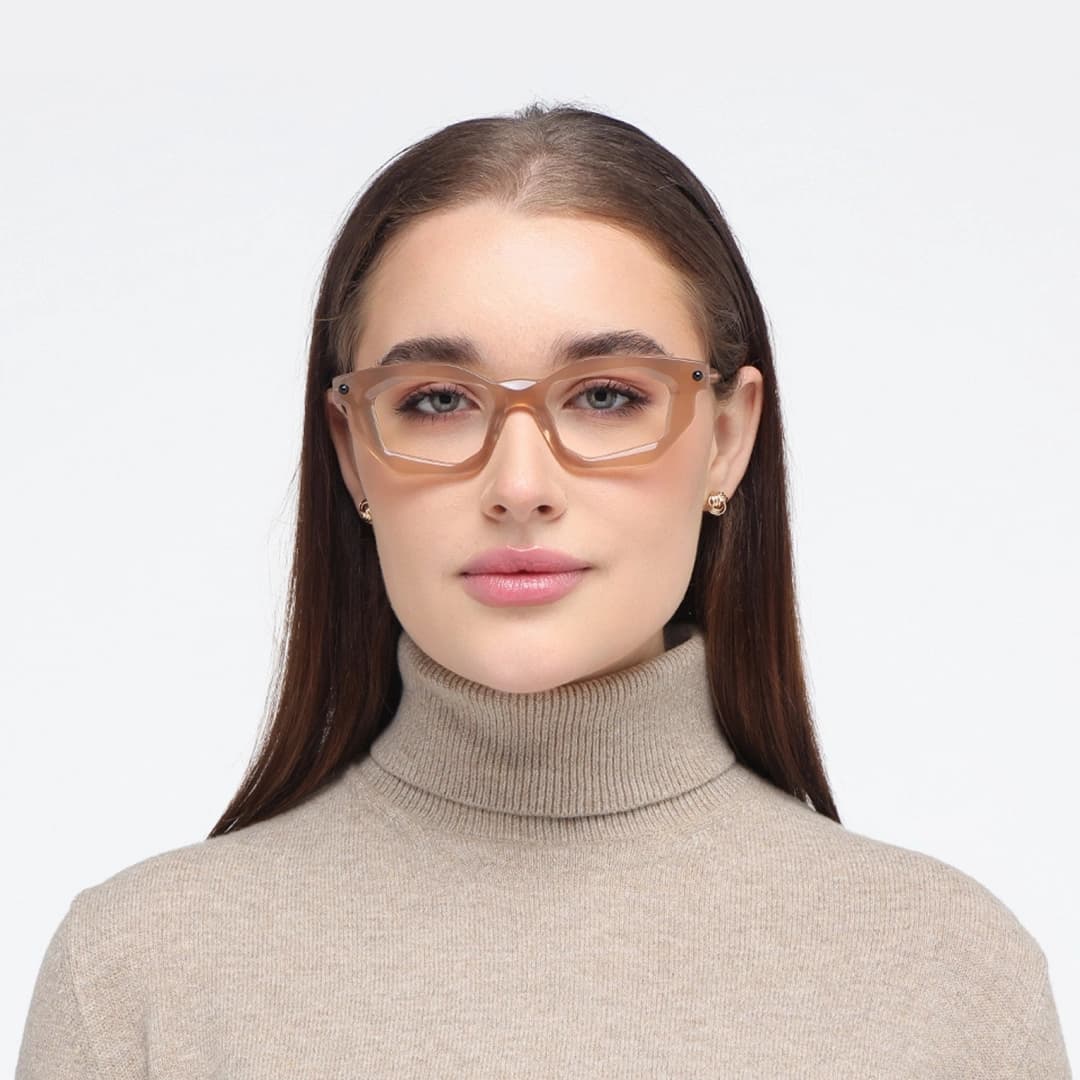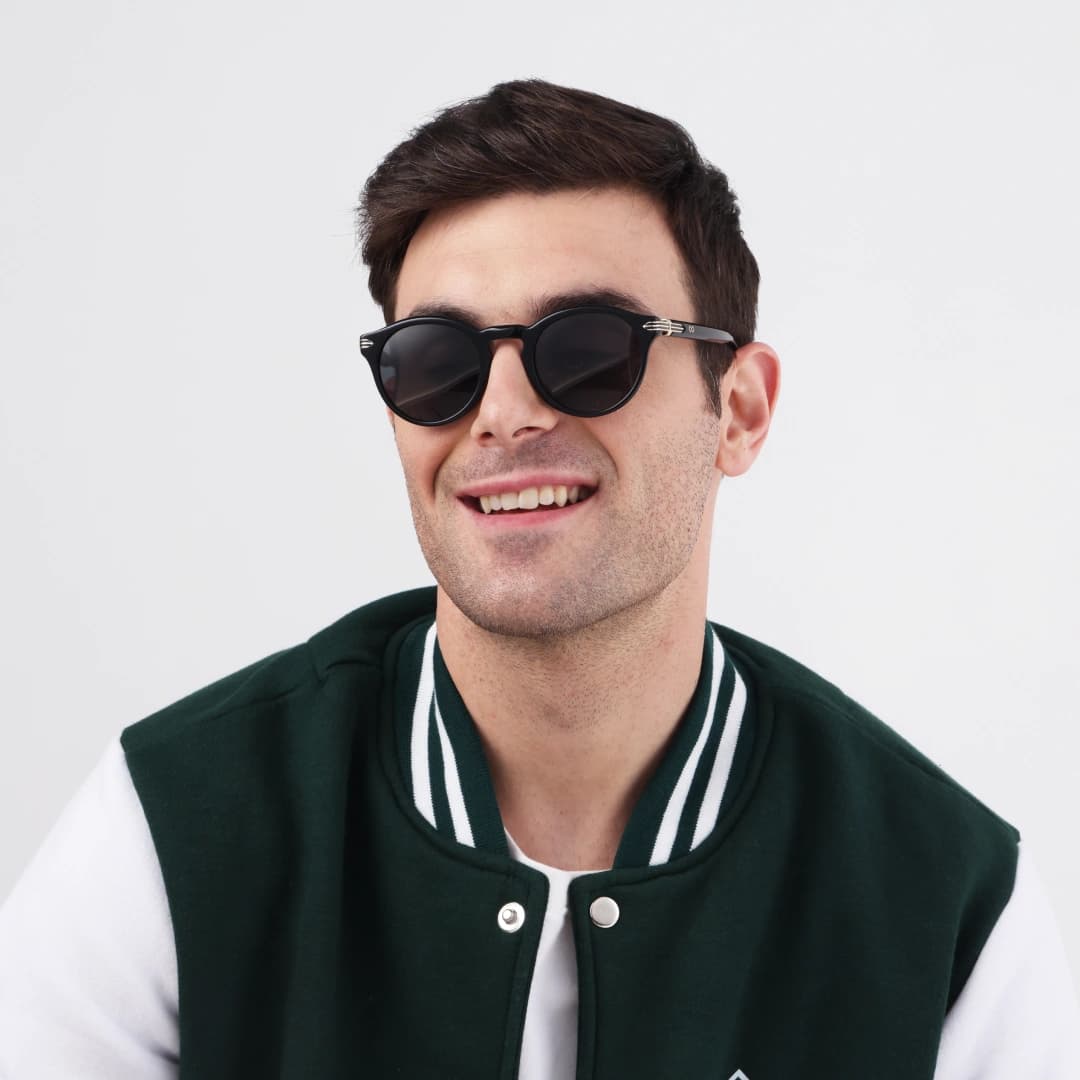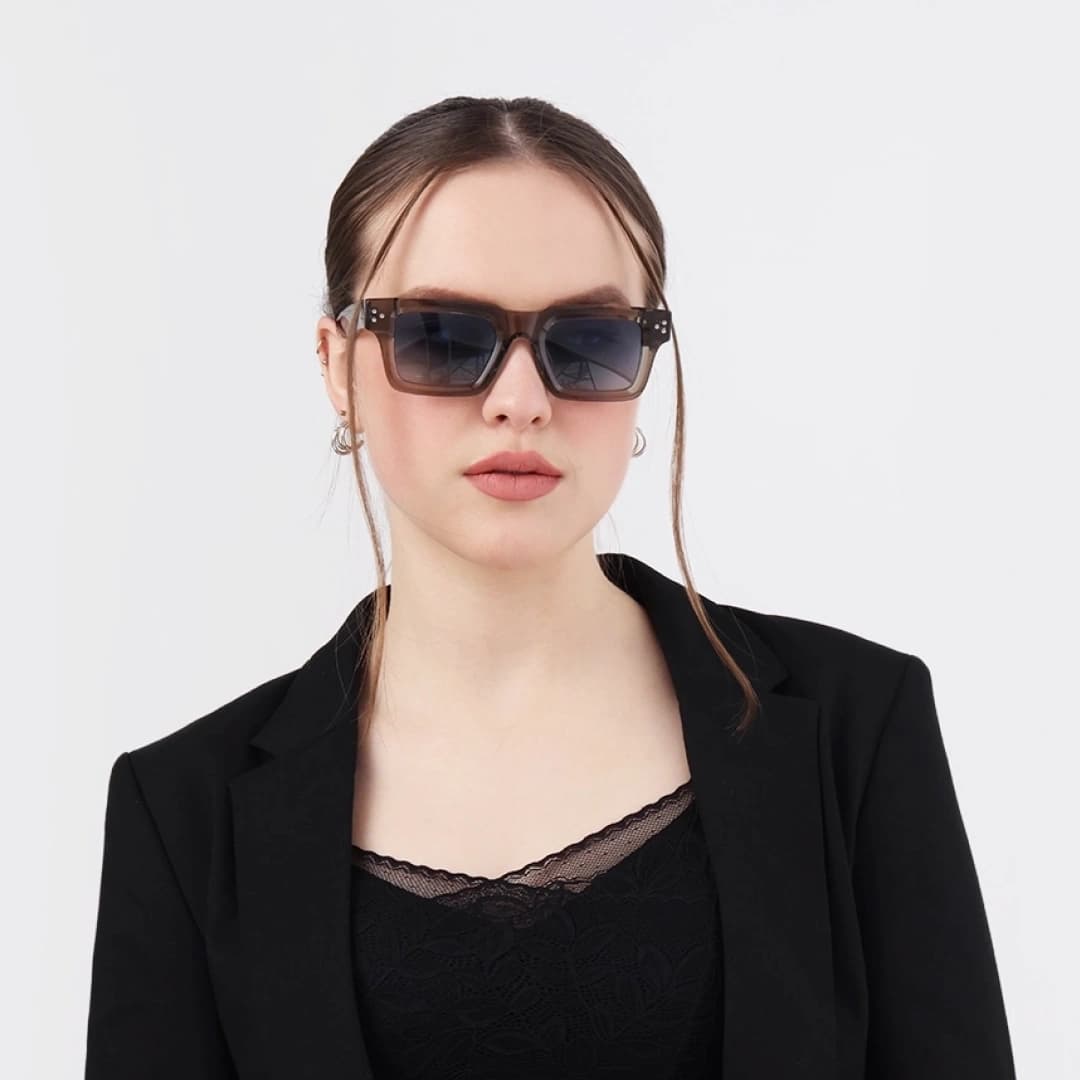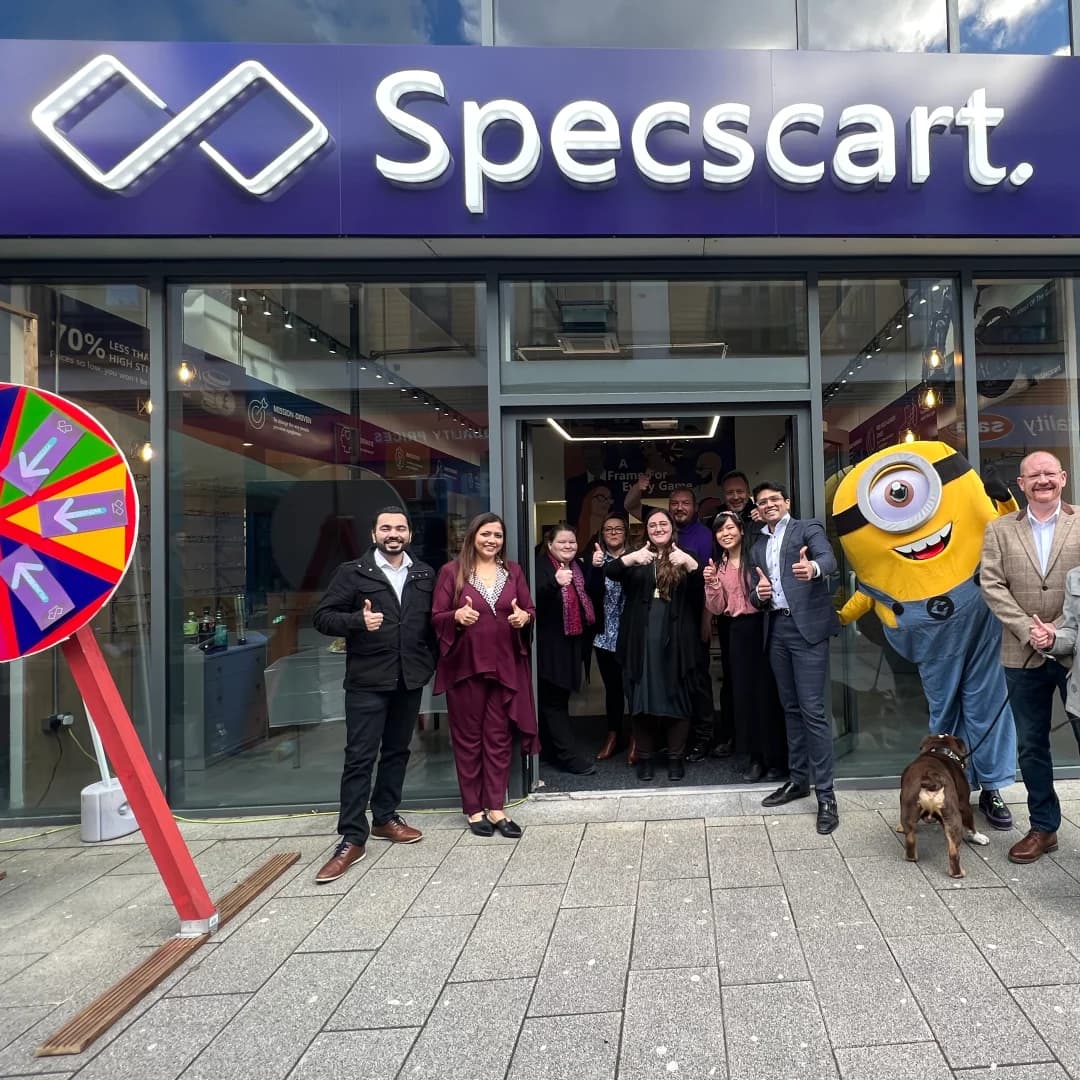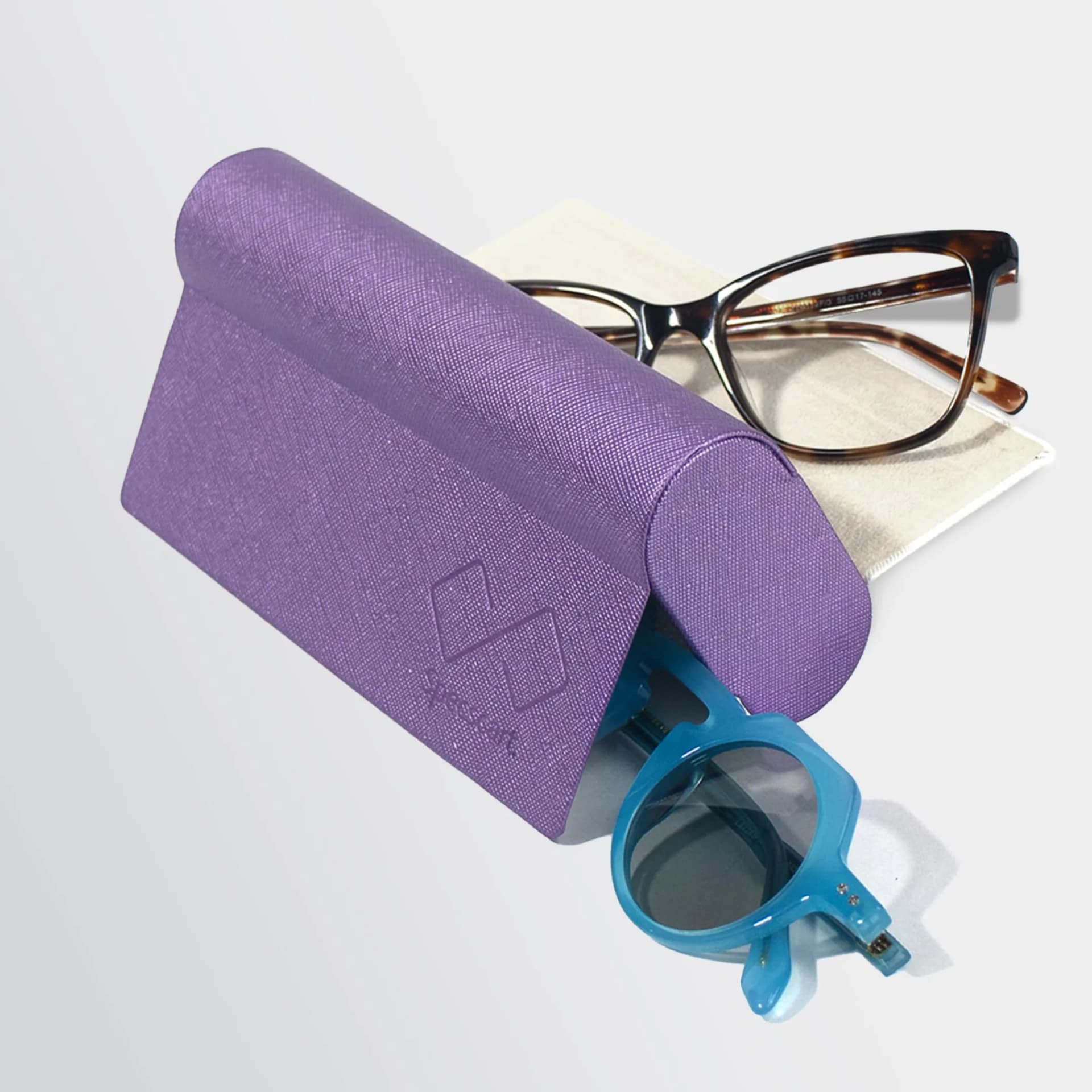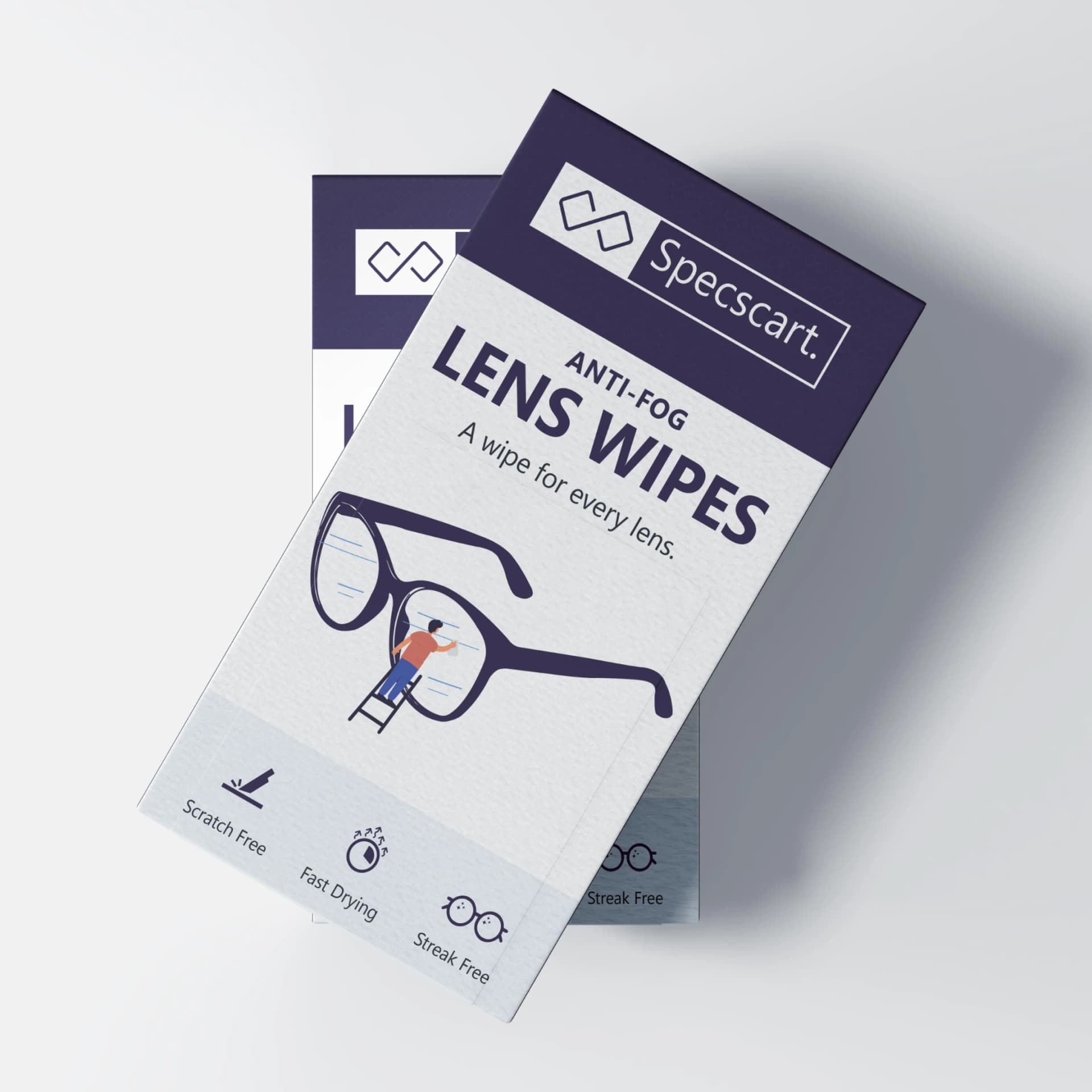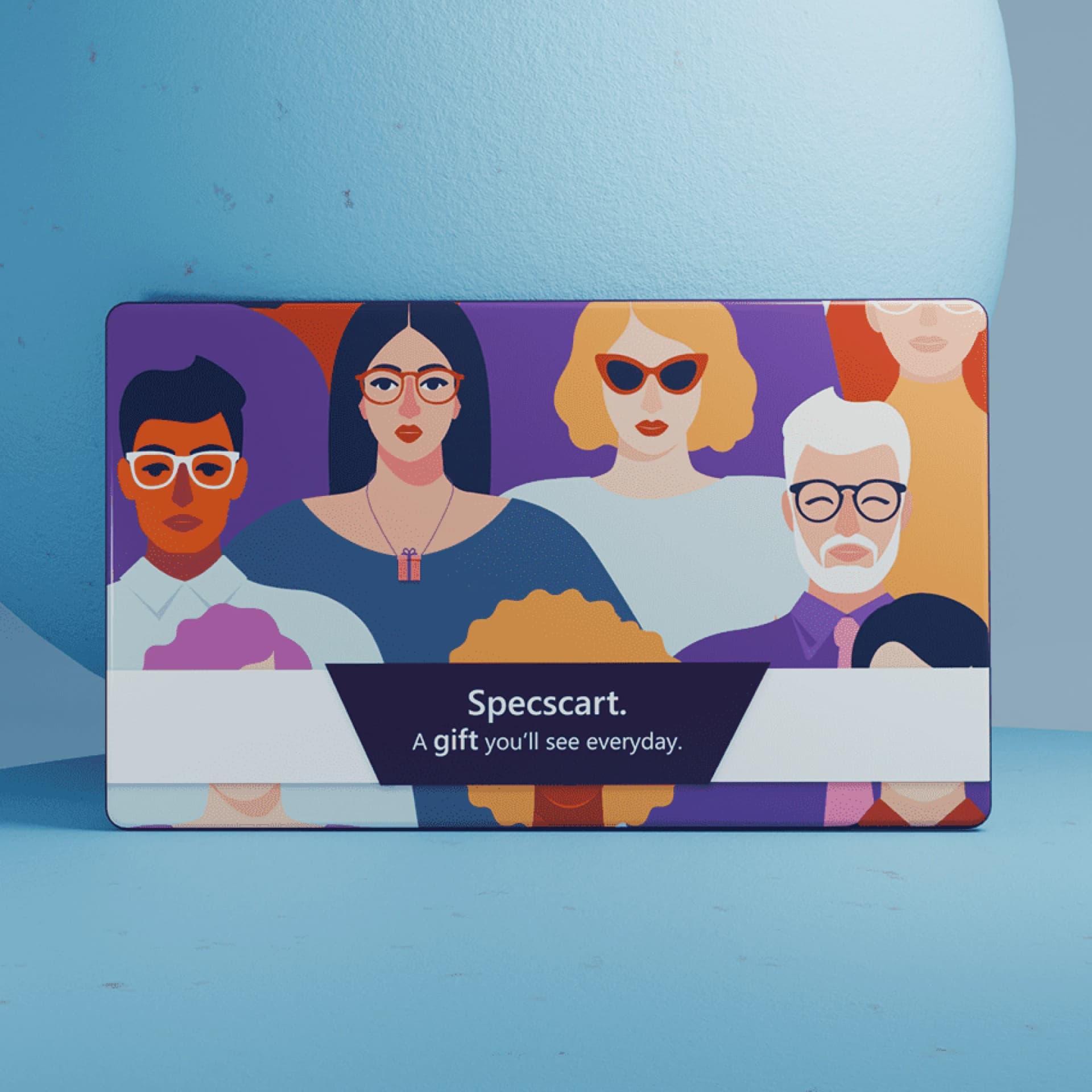Lazy eye in kids, also known as amblyopia, is a childhood condition in which a child is unable to see clearly from one eye. The condition is quite common in kids as they are still in the phase of ocular development. Many celebrities like Ryan Gosling and Kate Moss also have this problem. In most cases, this condition only affects one eye, but it could also occur in both of them. If treated promptly, your kid won’t have to deal with poor eyesight in the future. In this blog, let’s understand everything about this condition and how you can correct it.
What Causes Lazy Eye?
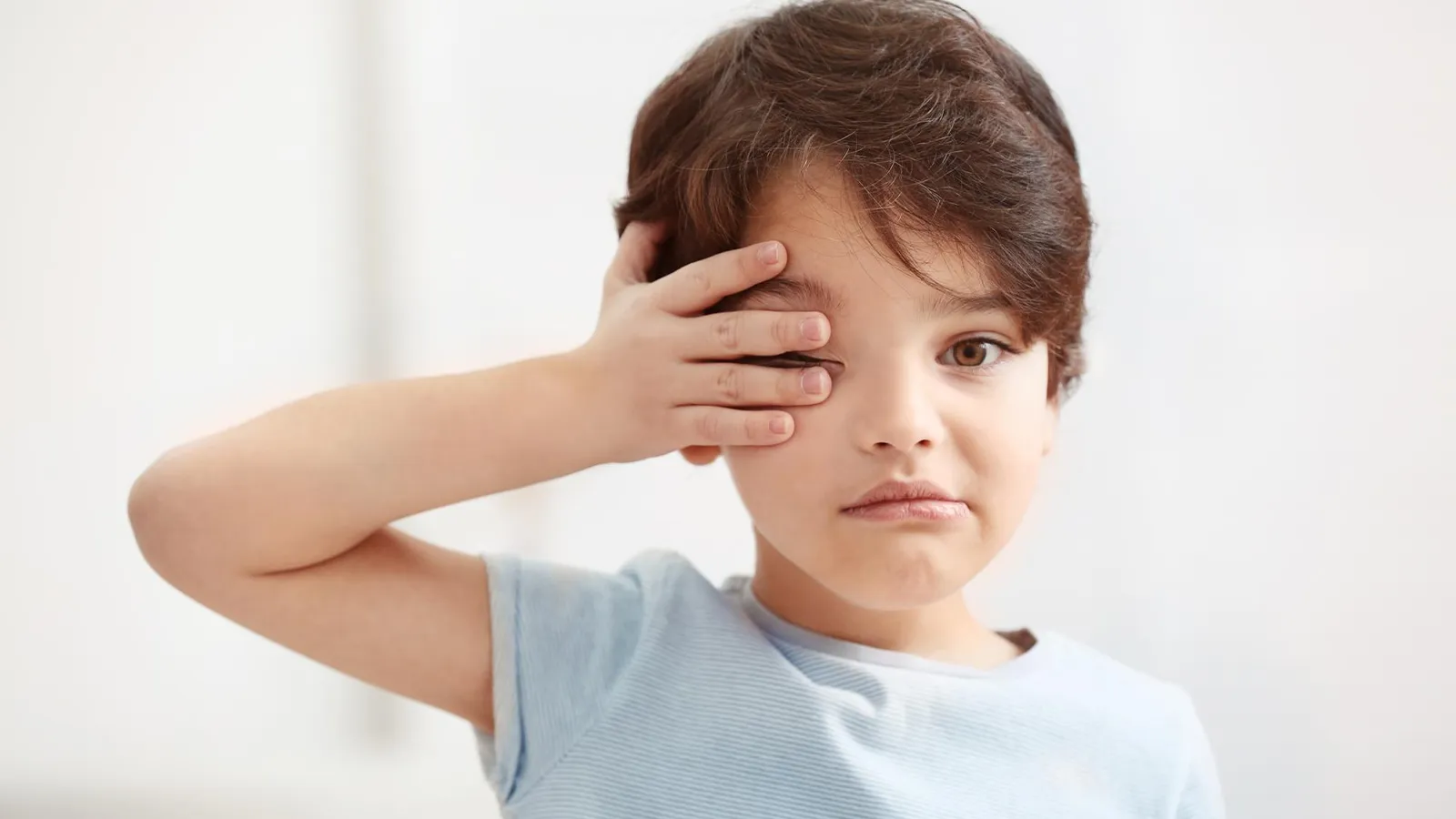
It is usually caused by an underlying condition that impedes your child’s visual development. It lowers the reaction times in one or both eyes. Based on its underlying causes, this problem has three types.
1. Strabismic Amblyopia
When your eyes are symmetric, the brain blocks the signals from the misaligned eye to avoid distorted vision, leading to amblyopia in the affected eye. This condition is called strabismic amblyopia.
2. Refractive Amblyopia
Even when your eyes are perfectly aligned, this problem could still surface when one of them has a refractive error. For instance, one eye could have uncorrected myopia to a slightly higher extent than the other. In this situation, the brain only interprets signals from the eye with less uncorrected refractive error and ignores the other eye. The lack of use of one eye leads to refractive amblyopia.
3. Deprivation Amblyopia
In this condition, one eye is unable to see as clearly as the other and becomes weaker over time. It could either be due to a corneal ulcer, droopy eyelid, glaucoma or congenital cataract in a baby’s eye.
Symptoms of Lazy Eye/Amblyopia?
Because it happens with kids, the problem can be quite difficult to diagnose on your own. But there are certain symptoms you must not let go unnoticed. Some of these are -
Blurry vision in one or both eyes
Not being able to focus on an image with one eye
Headache
Both eyes work separately due to weak coordination
Having tired eyes and frequent eye rubbing
Tilting the head while focusing
Blinking a lot
Generally, one eye is facing straight forward while the other one could be facing upward, downward, inward or outward.
Risk Factors for Lazy Eyes in Kids
Here are some risk factors that lead to lazy eyes in kids:
Premature birth
Small size at birth
Family history of lazy eye
Developmental disabilities
How to Fix the Lazy Eye in Kids?
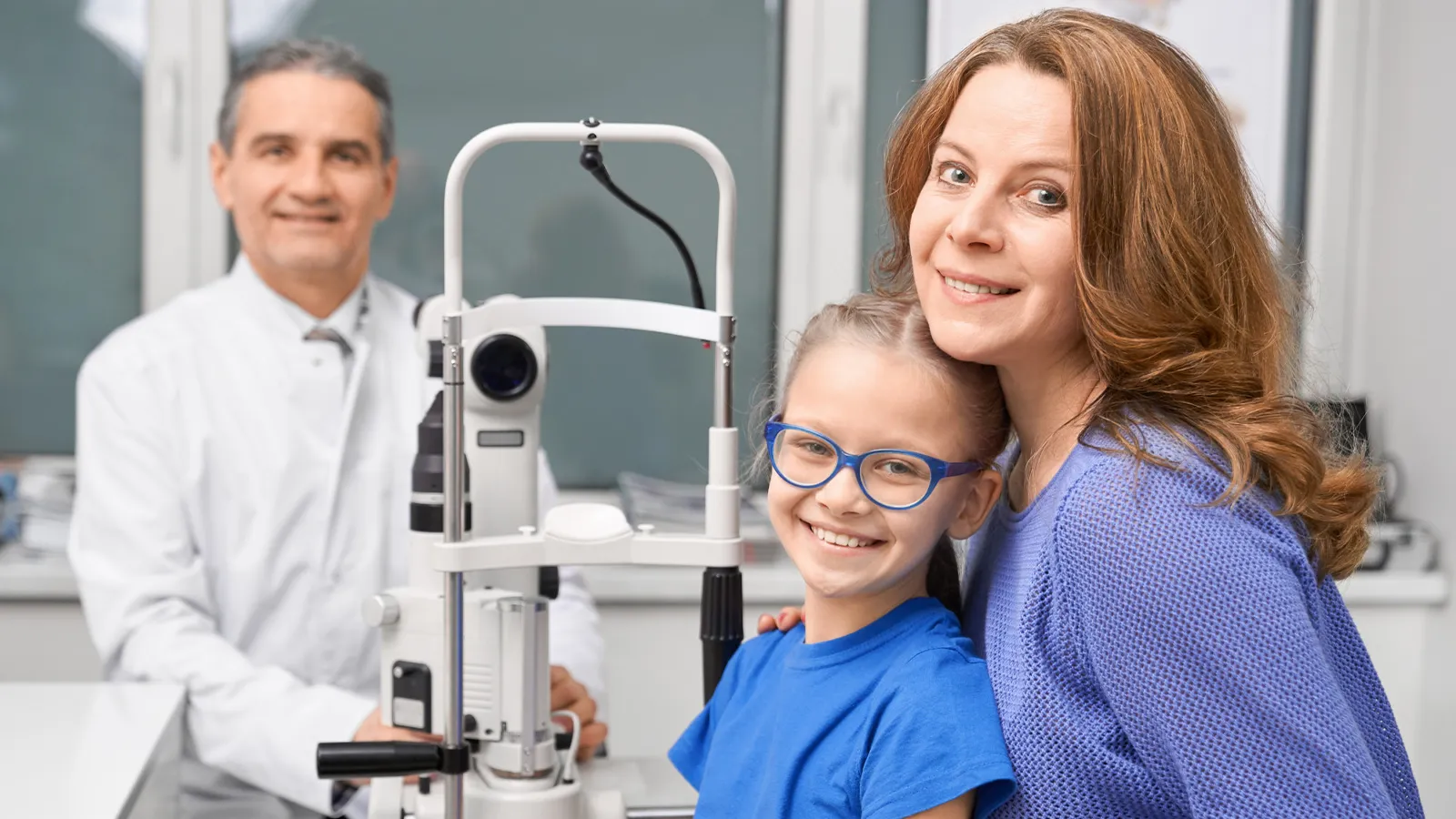
In cases of refractive amblyopia, vision in both eyes can often be corrected with prescription glasses. This is a more affordable and effective option in most cases.
However, you can also use a patch on the eye that’s working perfectly fine. This will enable your brain to use more visual signals sent by the affected eye. This will make room for normal vision development in that particular eye. You will have to wear the patch for a few hours for a couple of days. However, the time period may increase depending on the severity of the misalignment. The eye patching technique is more commonly used to treat strabismic amblyopia.
But if your kid is fussy, he/she may not let the patch stay put. Therefore, this method won’t work with them. You can get specially designed glasses where the advanced lenses keep the light from penetrating the good eye.
There are atropine eye drops that blur vision in the good eye. This makes your child use the eye with amblyopia more often and escalates its development.
Final Thoughts
Amblyopia won’t disappear on its own. And if you leave it untreated, your kid will have to face more challenging visual problems in the future. The goal should always be to improve visual acuity. When it comes to your children, you never want to take risks, especially if the risks could damage their eyes. Using eyeglasses is the safest choice to fix lazy eyes in kids. They will have to wear these glasses all the time so the eye specialist can check how effectively they are fixing the vision problems in the affected eye.
Unlock a £10 gift voucher instantly when you follow us. Just hit us up over DM and we will reply back with an exclusive code.
Caution: You may become style obsessed
Your way finder
2000+ Trendy Styles

Fashion Forward Sunnies






















